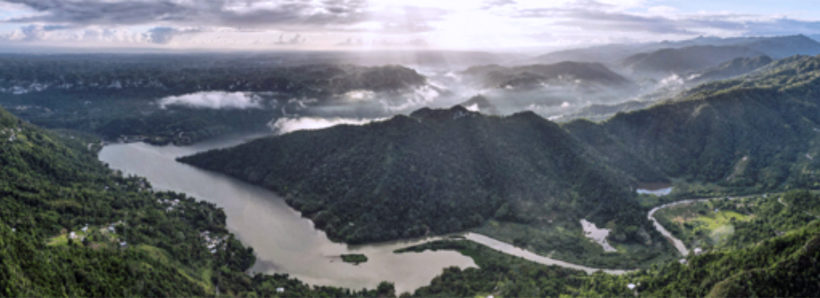USDA awards $2.5M to Río Grande de Arecibo watershed restoration initiative

The U.S. Department of Agriculture has awarded $2.5 million through its Natural Resources Conservation Service (NRCS) Regional Conservation Partnership Program to nonprofit Para la Naturaleza for the Río Grande de Arecibo Restoration Initiative.
The nonprofit will partner with NRCS and the US Fish & Wildlife Service (FWS) to conduct activities in the Río Grande de Arecibo watershed to restore and enhance habitat for six threatened and endangered animal and plant species, including the Sirajo goby, the Puerto Rican crested toad and the “Coquí llanero” frog, the federal agency announced.
The forest restoration efforts, targeted to private forest and agricultural lands, will also help reduce sediment and pollutant runoff and establish agroforestry systems in the watershed.
“I’m very proud about the strong partnership between the NRCS, FWS, Para La Naturaleza and the private landowners and volunteers in Puerto Rico that will make this project a success,” said Leopoldo Miranda-Castro, FWS Regional Director in Atlanta, GA.
“This partnership will enhance habitats for many species and will also enhance the ecosystems on the lands of the Taínos for future generations of the people of Puerto Rico,” Miranda-Castro added.
In all, the USDA is investing $330 million nationwide in 85 locally driven, public-private partnerships to address climate change, improve the nation’s water quality, combat drought, enhance soil health, support wildlife habitat and protect agricultural viability, including the project in Puerto Rico.
“The Regional Conservation Partnership Program is public-private partnerships working at their best,” said Luis Cruz-Arroyo, NRCS Caribbean area state conservationist. “This new project will harness the power of partnerships to help bring about solutions to natural resource concerns while supporting our efforts to combat the climate crisis.”
The Río Grande de Arecibo watershed lies in the heart of Puerto Rico’s karst region and has great value for its aquatic and terrestrial resources that provide water for human uses, groundwater and surface reservoirs, forested areas, ecological corridors between private and public lands, aquatic connectivity and support traditional fisheries.
The watershed is composed of a complex interconnected wetland system providing the primary corridor between terrestrial, freshwater, estuarine and marine ecosystems. At a landscape level, the watershed harbors essential habitat for fish and wildlife species, including several state and federal trust species, agency officials said.












